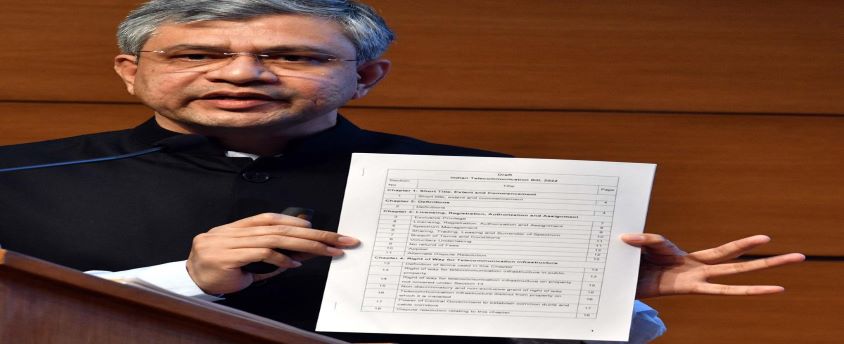Transparency in OTT regulation
28, Feb 2023

Prelims level : Governance
Mains level : GS-II Government Policies & Interventions for Development
Why in News?
- The Union government enacted the Information Technology (Guidelines For Intermediaries And Digital Media Ethics Code) Rules, 2021 in February 2021.
- The Rules largely cover OTT platforms and social media. They provide for a grievance redressal mechanism and a code of ethics.
- The Ministry of Information and Broadcasting (I&B) was given the task of regulating content on OTT and online platforms under this rule.
Global Approach:
- The European Union has implemented regulations such as the Audiovisual Media Services Directive (AVMSD) which requires OTT services to follow certain rules such as requiring the inclusion of European content in their libraries and allowing parental controls.
- China has imposed strict regulations on OTT services, including requiring foreign OTT services to partner with local companies, and subjecting them to content censorship and other regulations.In Singapore, the Infocomm Media Development Authority is the common regulator for different media. Aside from instituting a statutory framework and promoting industry self-regulation, its approach to media regulation emphasizes on promoting media literacy through public education.
- India’s approach on OTT regulation can be termed as ‘co-regulation’ model where there is ‘self-regulation’ at the industry level and final ‘oversight mechanism’ at the Ministry level.
Issues with media literacy:
- General public lacks awareness about 2021 OTT rules due to its complexities.
- The rules contain vague and broad definitions of terms such as “offensive content”, “good taste and decency”, and “harmful”. This can lead to confusion and arbitrary enforcement, with platforms potentially over-censoring content to avoid penalties.
- The Rules mandate the display of contact details relating to grievance redressal mechanisms and grievance officers on OTT websites/interface. However, compliance is very low. In many cases, either the complaint redressal information is not published or published in a manner that makes it difficult for a user to notice easily. In some cases, the details are not included as part of the OTT app interface.
- There is also a lack of transparency in the appointment of the oversight mechanism, which has been criticized for potentially having a chilling effect on free speech.
Way Forward: Towards Transparency
- The Ministry shall ensure uniformity in the way OTT publishers display key information relating to their obligations, timelines for complaint redressal, contact details of grievance officers for greater media literacy among the general public.
- The OTT industry associations could be mandated to run periodic campaigns in print and electronic media about the grievance redressal mechanism.
- The interpretation of age rating (UA 13+, for example) and the content descriptors (‘violence’, for instance) could be in the respective languages of the video (apart from English) and for a mandatory minimum duration.
- The Rules could also provide for clear guidelines to ensure that a film’s rating is prominent and legible in advertisements and promos of OTT content in print and electronic media.
- A periodic audit of the compliance by each OTT platform may be undertaken by an independent body.
- OTT providers and self-regulatory bodies can upload the details of grievances and redressal decisions on a dedicated website, which will be visible for the public and government authorities.
- This approach will aid in enhancing transparency.
- Financial penalties on erring entities may also be provided in the rules.






